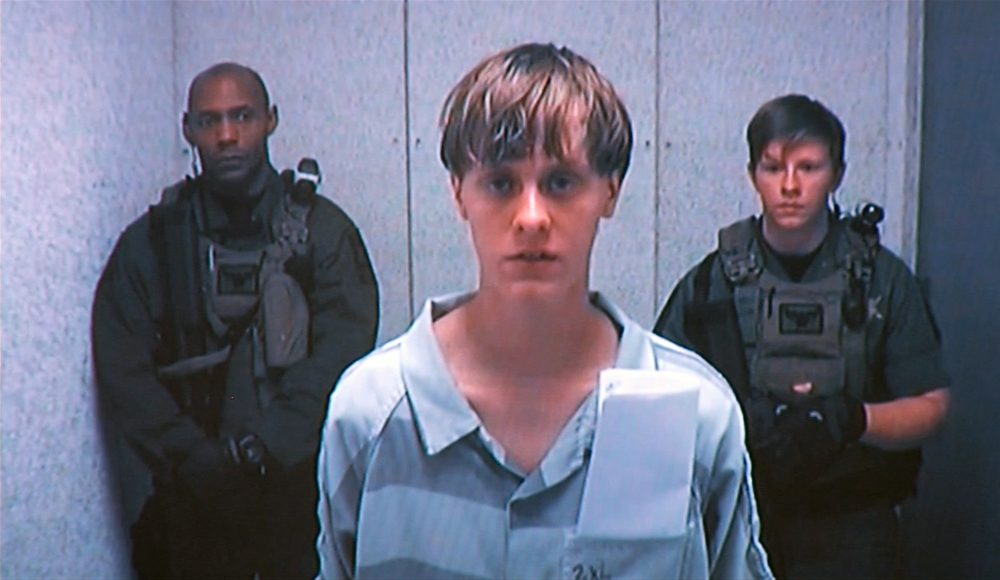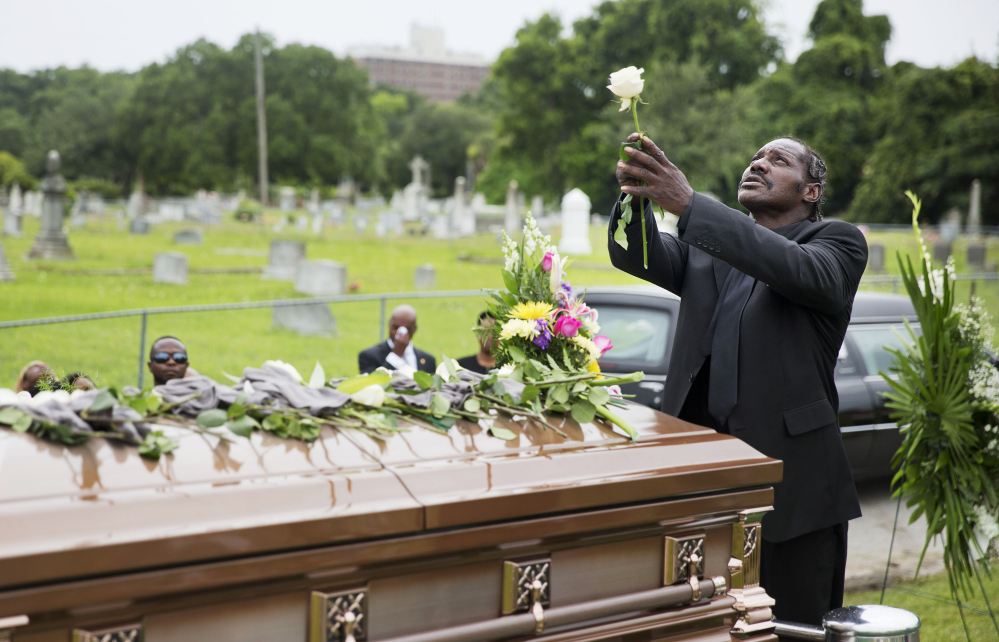Dylann Roof, the alleged gunman in the Charleston, South Carolina, church massacre, was the architect of his own radicalization, drawing from the deep well of online hate to transform himself into a lone wolf domestic terrorist, according to law enforcement officials and experts on the white supremacy movement.
Roof, 21, appears to have traveled along a well-trod digital network of white nationalist websites – a path that has attracted thousands of white Americans to places where they can anonymously rail against blacks and Jews, but a route that rarely ends in violence.
The paradox of racist extremism in the Internet age is that there are more white supremacist groups and sites than ever before. But the average size of each group is smaller than it’s been in decades and the groups’ ability to organize beyond online comment boards has diminished greatly.
The rise of the self-taught extremist has put investigators in a bind: White racist groups are less capable of producing organized violence, but the attacks that do develop come mainly from solo actors whose paths to violence are far more difficult to track.
“A lot of these guys are all talk and no show,” said David Gomez, a retired FBI agent who investigated supremacist groups for three decades and ran the counterterrorism task force in Seattle. “These are guys with anger issues about race and unfairness and loneliness and inadequacy, and they find this stuff online and start copying the rhetoric. Instead of meeting in a hall somewhere, they meet in chat rooms and form very small, clandestine cells of three or four people. They’re much harder to infiltrate, and most of them never do anything but talk.”
TALK INSTEAD OF ACTION
A survey of U.S. law enforcement agencies by researchers at the University of North Carolina and Duke University released this week reports that 74 percent listed right-wing extremism, including white supremacist groups, as one of the top terrorist threats in their communities, almost twice as many as those who put Islamist threats in that category.
But several recent attacks – such as the 2012 shootings at a Sikh temple in Wisconsin and last year’s attacks outside Jewish centers in Kansas – have been launched not by groups, but by self-radicalized individuals whose capacity for extreme violence had not been caught in time.
The extremist groups’ leaders themselves agree that they have largely lost the ability to move from rhetoric to action for two reasons: They have been neutered after years of infiltration and monitoring by the FBI and private groups such as the Anti-Defamation League, the Simon Wiesenthal Center and the Southern Poverty Law Center. And the movement’s migration into a digital world, where followers are largely anonymous, has made it harder to bring people onto the streets.
“Even when the underlying rage is there about race, it’s become difficult to get people to demonstrations,” said Don Black, founder of Stormfront, the largest supremacist site. “Anonymity is a double-edged sword: It allows people to express views in relative safety, but many people consider that to be their activism, in lieu of going out and taking a stand.”
LONE WOLF ATTACKS
“We talk about this at our board meetings all the time: It’s hard to motivate grass-roots activists to get out of their chairs and away from their screens,” said William Johnson, chairman of the American Freedom Party, a Los Angeles-based group that bills itself as “a nationalist party that shares the customs and heritage of the European American people.”
Johnson, a lawyer who advocates creating a “white ethno-state” in the United States, agrees with investigators that the bulk of the action emerging from the extremist movement in coming years will stem from lone wolf attacks such as the Charleston shootings.
“There’s very little the FBI stands for or says that I agree with, but they’re exactly right about this,” he said.
Private groups that track extremists have hundreds of white supremacist websites and organizations on their radar, a number that spiked after President Obama was elected, according to tallies by private and federal investigators.
Many of those sites are one-man operations, and many of their followers have only anonymous contact with fellow radicals. FBI Director James Comey said last year that “we face a continuing threat from homegrown violent extremists (who) are self-radicalizing. . . . They are willing to act alone, which makes them difficult to identify and stop.” A senior law enforcement official in South Carolina said the emerging evidence is that Comey’s description applies to Roof’s journey to Emanuel AME Church in Charleston.
The generation of supremacists who led groups in the 1990s “is pretty much gone,” said Rabbi Abraham Cooper, associate dean of the Simon Wiesenthal Center, which tracks extremist groups. “They’ve been replaced by online organizations that look to inspire lone wolves by creating a sense of empowerment, a sense of community.”
Shifting social attitudes have also altered white supremacists’ tactics and rhetoric. As overt racism has become less socially acceptable, “the most prominent white nationalists these days have moved away from violence,” said J.M. Berger, who researches extremist activities in the United States for the Brookings Institution and his website, Intelwire.com. “They generally recognize that their views are repugnant to most people, so they’re less visible and prominent. Posting pseudonymously is generally safer and more comfortable than trying to assemble a meeting.”
TRAYVON MARTIN TURNING POINT
It wasn’t until after the shooting of Trayvon Martin, an unarmed black teenager killed by a neighborhood watch volunteer in Florida in 2012, that Roof “typed the words ‘black on white crime’ into Google, and I have never been the same since that day. The first website I came to was the Council of Conservative Citizens. There were pages upon pages of these brutal black on White murders.”
By this year, Roof had concluded that he had to step out from the cloak of the Internet. “We have no skinheads, no real KKK, no one doing anything but talking on the internet,” he wrote. “Well someone has to have the bravery to take it to the real world, and I guess that has to be me.”
One of the authors of the Council of Conservative Citizens’ diatribes about African- Americans, Kyle Rogers, said he never communicated with Roof. Blaming the group for Roof’s radicalization would make no more sense than blaming Wikipedia, he said.
Rogers called the church killings abhorrent and said Roof deserves to be executed. “The kid was damaged goods,” he said.
Copy the Story LinkSend questions/comments to the editors.




Success. Please wait for the page to reload. If the page does not reload within 5 seconds, please refresh the page.
Enter your email and password to access comments.
Hi, to comment on stories you must . This profile is in addition to your subscription and website login.
Already have a commenting profile? .
Invalid username/password.
Please check your email to confirm and complete your registration.
Only subscribers are eligible to post comments. Please subscribe or login first for digital access. Here’s why.
Use the form below to reset your password. When you've submitted your account email, we will send an email with a reset code.